Finding the Real Yangon; Mapping the Circular Railway Line
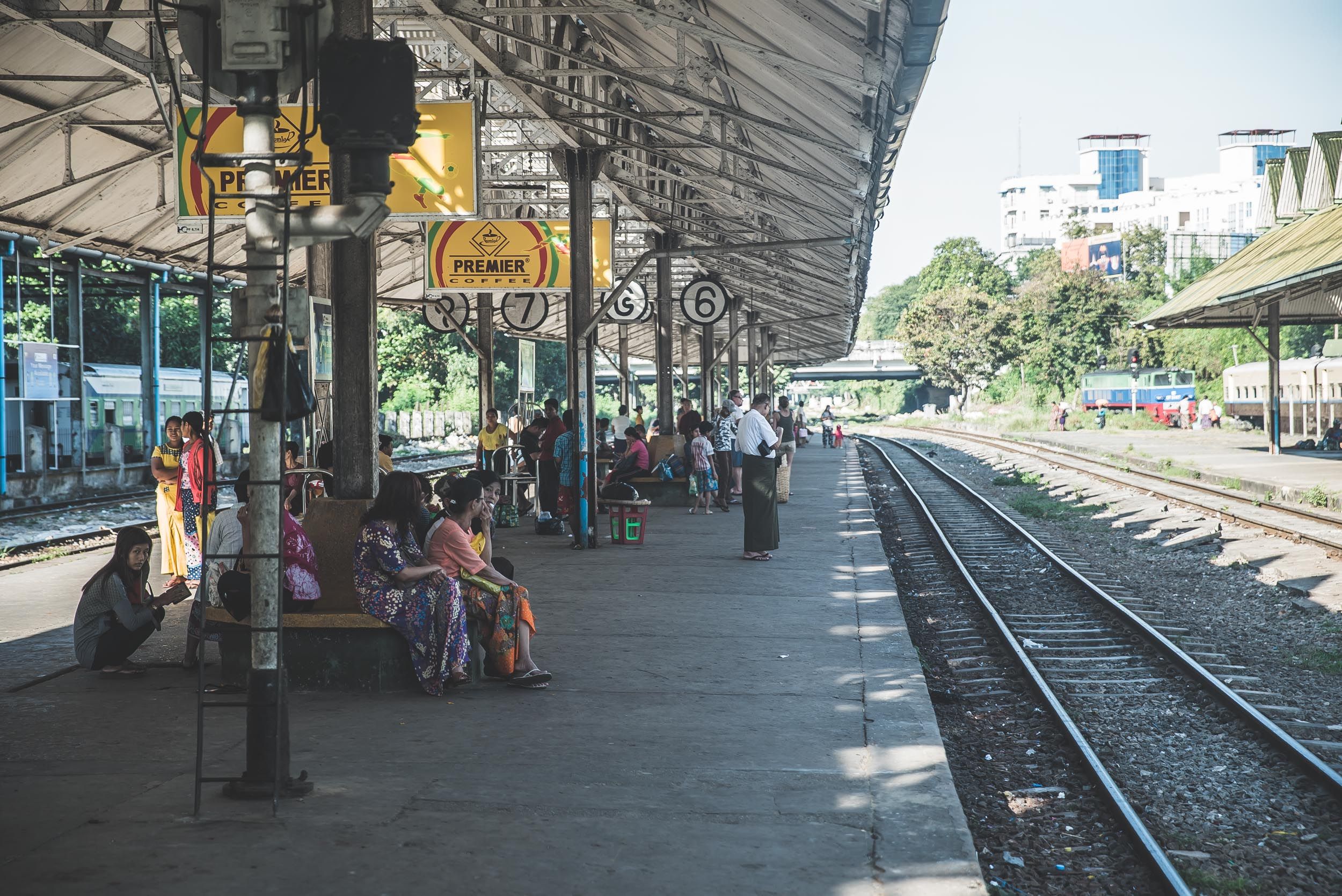
“Come back at 5pm if you want to see the national women’s squad,” said the old man in a white vest. He was well in his 70s but had amazed us with his elastic moves to keep a rattan ball off the floor. Chinlone is Myanmar’s national sport, and this sports club was the best place in town to watch it. We found it almost by accident in the neighbourhood of Mahlwagone, well off the beaten track. How did we get there? By train! We hopped on the Yangon Circle Railway and created an itinerary to explore six lesser-known neighbourhoods along the railway line: Mahlwagone, Tadagale, Insein, Ahlone, Hledan and Kyeemindain. In this story we share some of the highlights of this exciting journey to see the real Yangon and learn more about local life and community culture.

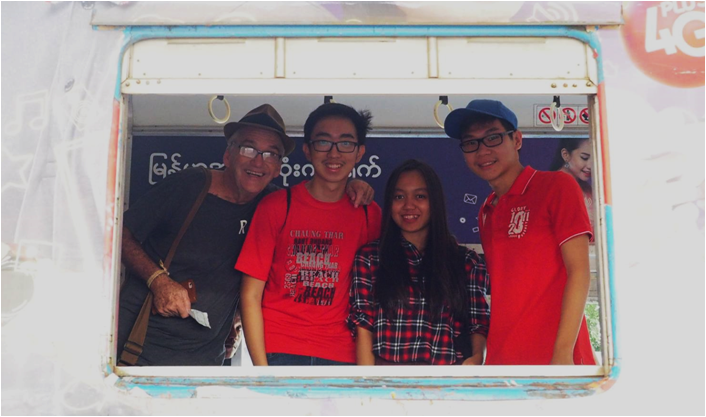
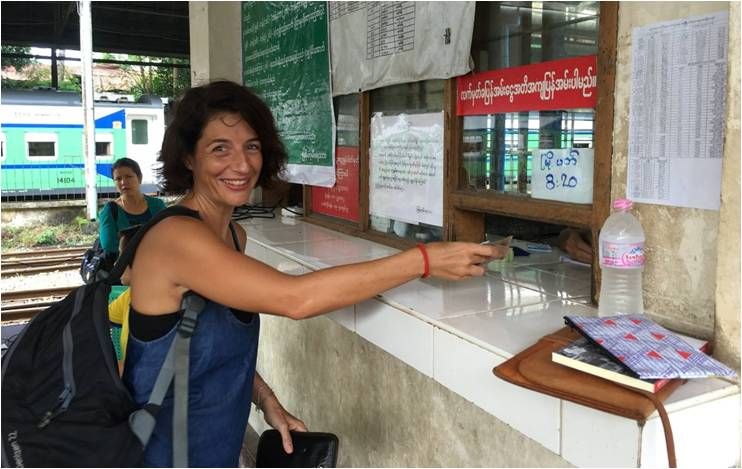
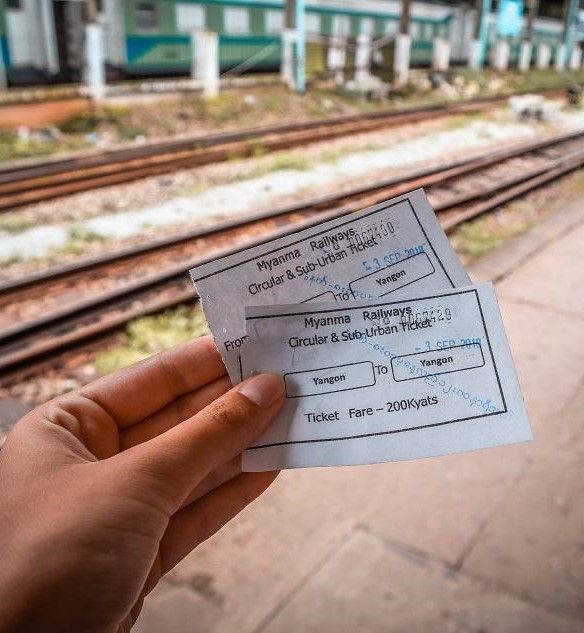
The Yangon Circle Railway
What did we know about the circular railway line? Well, that it opened for service in 1954 and still has an operational fleet of 200 coaches on double track, used by an astonishing 150,000 passengers every day to travel to work, shop and play. The full loop, a 46 kilometres long snail pace journey, takes about three hours, and that in total there are 39 (!) stations along the route. So if three hours is a bit of a stretch, where to get off?
We teamed up with a group of local students to explore the areas around each station. Which are the stations that have a story to tell? The neighbourhoods that are worth a wander? A group of 10 final-year students from the Pre-Collegiate College of Yangon (PCP) was up for a challenge. Few of them had been on the Yangon Circle Railway train, and even for them, it was a mystery what we’d find in these neighbourhoods. Under the guidance of passionate facilitators Anna Livia Cullinan, Sara Candiracci and Bob Percival we embarked on a research project to map local life along the railway tracks.
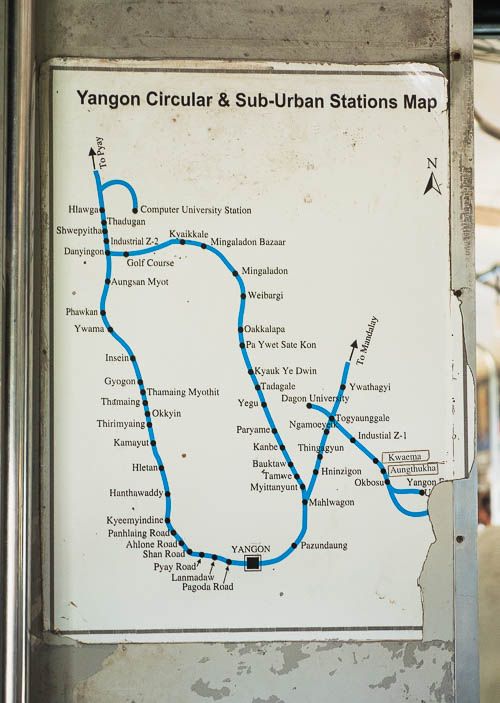
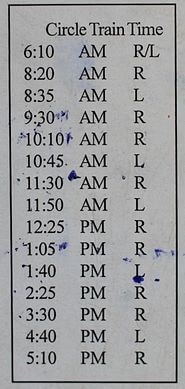
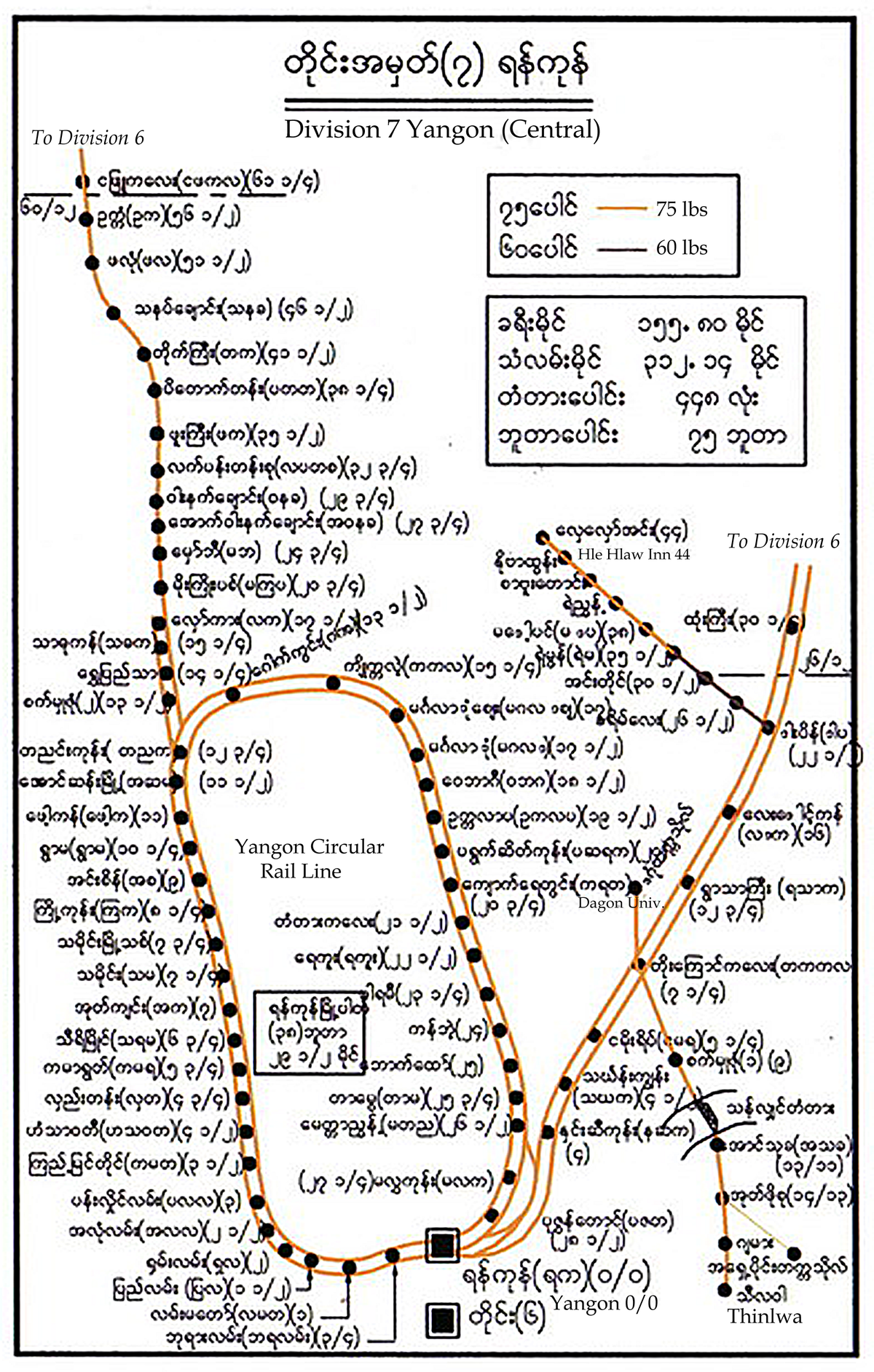
Mapping local life in six neighbourhoods
The first job was pick the most interesting out of the 39 stations. We spent one weekend on the train where literally got off at every single station. We wandered around a bit check if the area around the station was walkable and to feel the local vibe. We also talked to history professors and writers, what are the distinctive features of the city’s districts? Where did major historic events happen? Eventually we picked six friendly neighbourhoods with a story to tell.
Ahlone, a small township with a large Karen community, the vibrant student town of Hledan, the historic prison precinct Insein; the humble traditional neighbourhood of Kyeemindain. Working class Mahlwagone, where it’s all about street life & street sports and the market village Tadagale with its many golden pagodas.
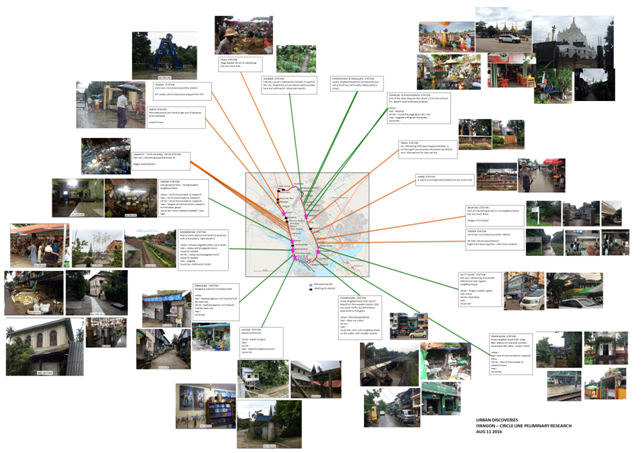
Getting lost without getting lost
Once we’d chosen the neighbourhoods we divided into groups, bought our tickets and hopped on the train to explore the city. The task was in each neighbourhood to find those places that matter most to the locals. What are the features that make each neighbourhood unique? What are their favourite places to eat, drink, shop, play and pray?
- In Ahlone we explored the rich heritage of the American missionaries who created a Baptist compound here in the mid-19th Century.
- In Hledan we were welcomed by a wonderfully eclectic mix of students from all over the country bringing a cosmopolitan flavour to this university district. We strolled around campus where scholars, skaters and fashion bloggers mixed effortlessly with old uncles in the many teashops and street stalls.
- In Insein, we learned about the dark history of this industrious working-class neighbourhood with brick workshops and ceramic factories around the city’s only railway yard and notorious Insein prison. We found that unexpectedly the prison was a hub for art and resistance following the imprisonment of many activists after the 1988 protests.
- We were surprised by the lovely tree-lined traditional neighbourhood of Kyeemindaing. In the streets around the century-old red brick train station, we found all the ingredients of a quintessentially diverse Yangon: monasteries, pagodas, Hindu temples, churches, a mosque and even two Chinese joss-houses.
- In Mahlwagone we found a bustling neighbourhood, known for the many beer stations and famous local eateries. Sports play a central role here with popular chinlone and badminton clubs.
- Finally, charming Tadagale has a village atmosphere with the train station as the local village market offering lots of food stalls and good local shopping. Don’t miss the Meilamu Pagoda, from where a short boat ride takes you over the river to some unique quaint monasteries.
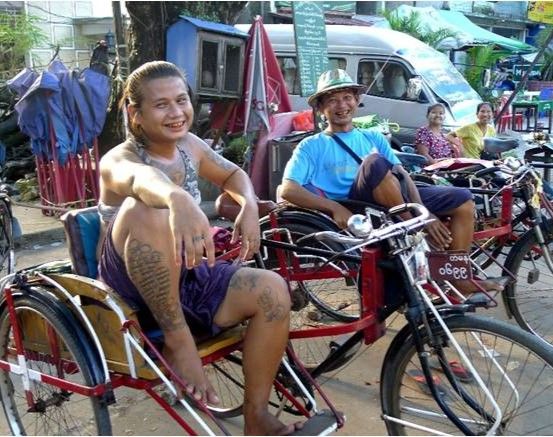
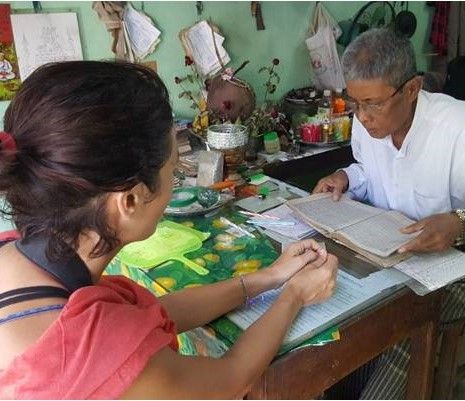

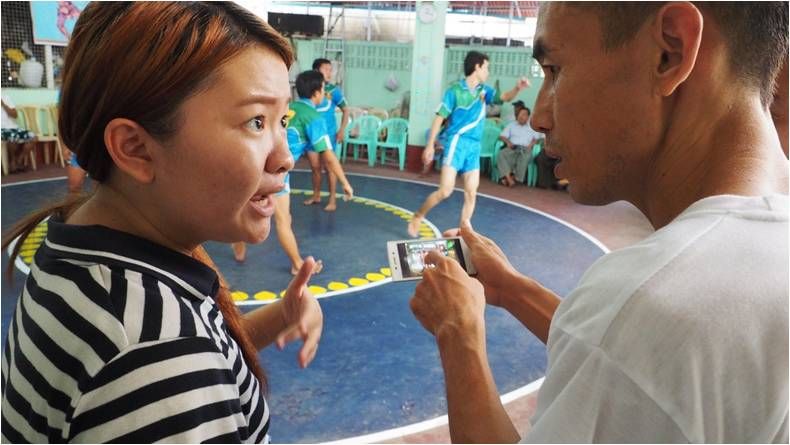
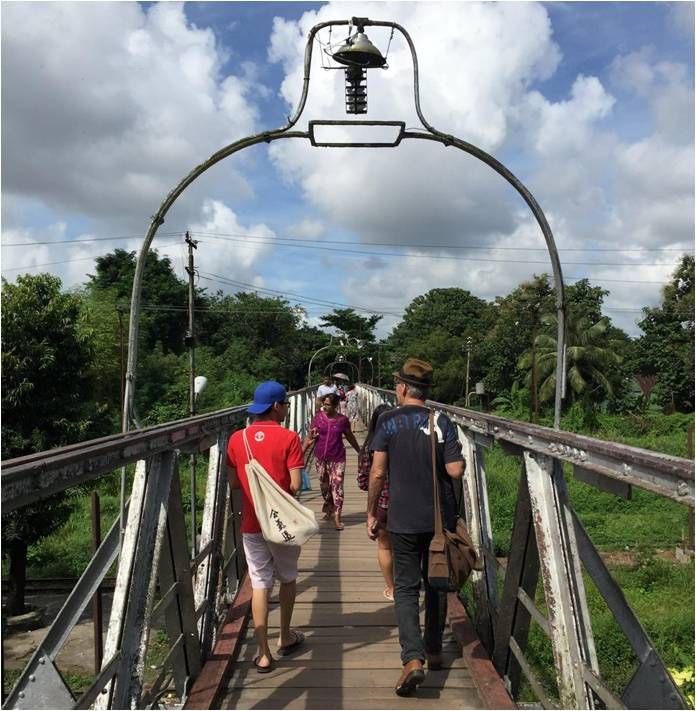
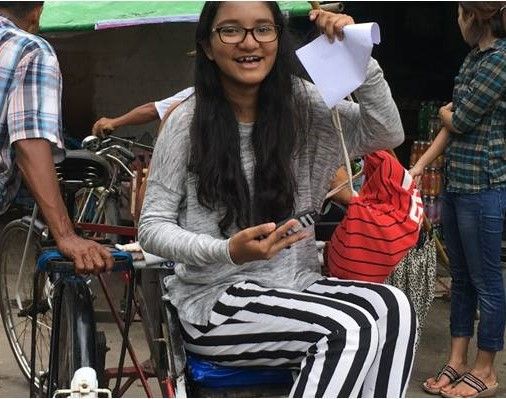
Through the lens of locals
We followed the tracks, wandered the streets, walked a thousand steps and got really lost. We chatted to trishaw drivers to find the best local food joints, to rice and pomelo sellers on the market to understand their trade, to librarians to learn about local legends, and to monks to figure out where to find the best karma. We ate steaming hot Chinese soup dumplings, freshly made noodle salads and crunchy paratha and drank beer and tea, lots of it! We read we talked, we laughed, but most of all we listened and we heard some beautiful stories of old buildings, close-knit families, famous poets, legendary people, traditional trades, local customs and ancient recipes.
It was a journey extraordinaire. We weren’t looking for grand monuments and elaborate temples, but trying to find the beauty of this mystical and vibrant city in small things, to find the spirit of place. And so we did! Our most surprising finds:
- watching in awe at the skill and soulless of the Chinlone players in the a local sports club
- riding a boat to a small mythical temple at the other side of Pazundaung Creek to find our inner peace
- buying a handwoven Karen longyi at the Baptist compound in Ahlone
- climbing the tower of the famed Judson Chapel at Rangoon University campus
- dipping into a hidden swimming pool in the railway workers complex in Insein
- shopping at the famed socialist-era market in Hledan
- eating the best Rahkine food in the city at a small restaurant in Mahlwagone
- having our fortune told at the Koe Htat Gyi Pagoda in Kyeemindain
- admiring a master sculptor at work in his garden workshop in Tadagale
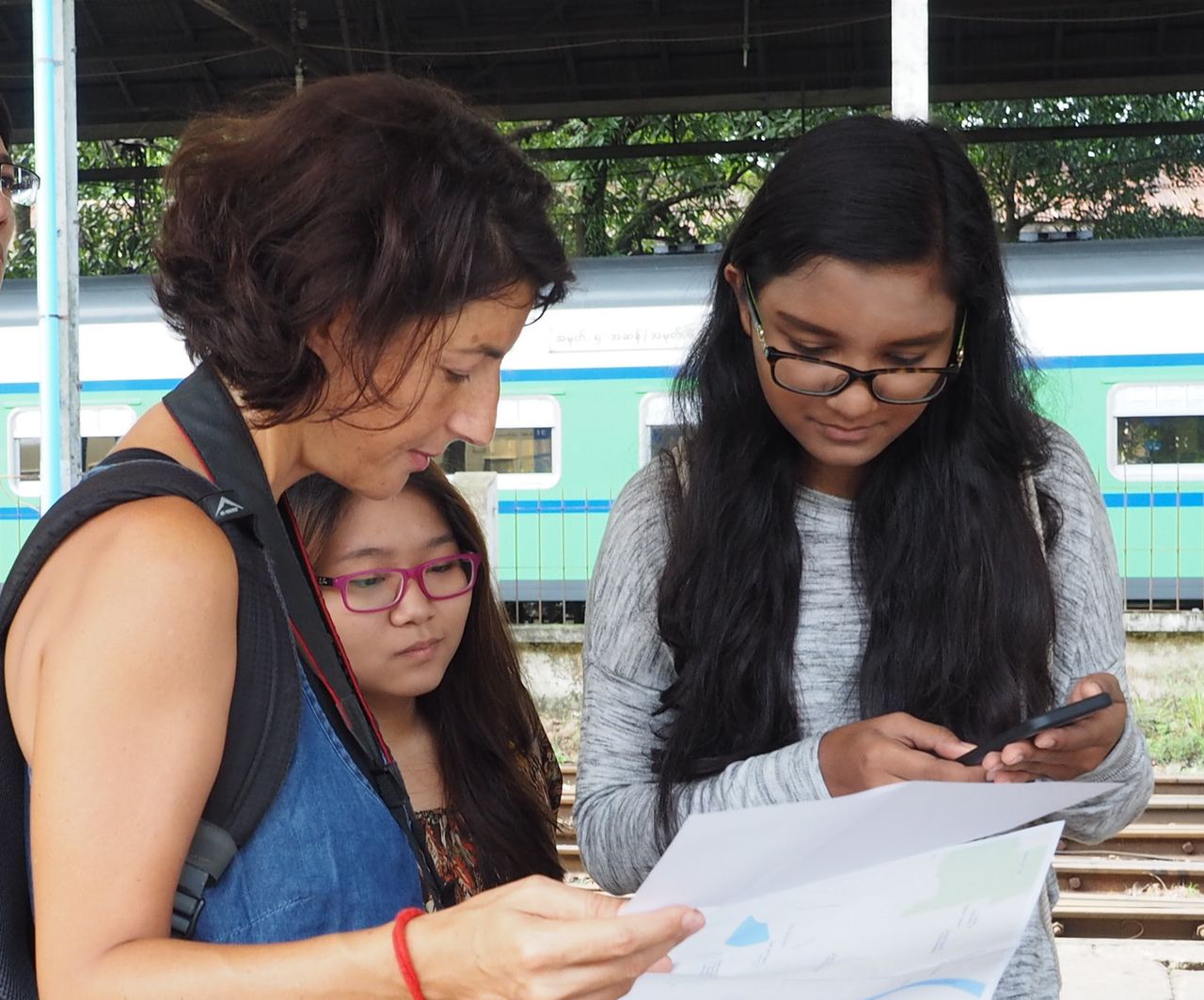
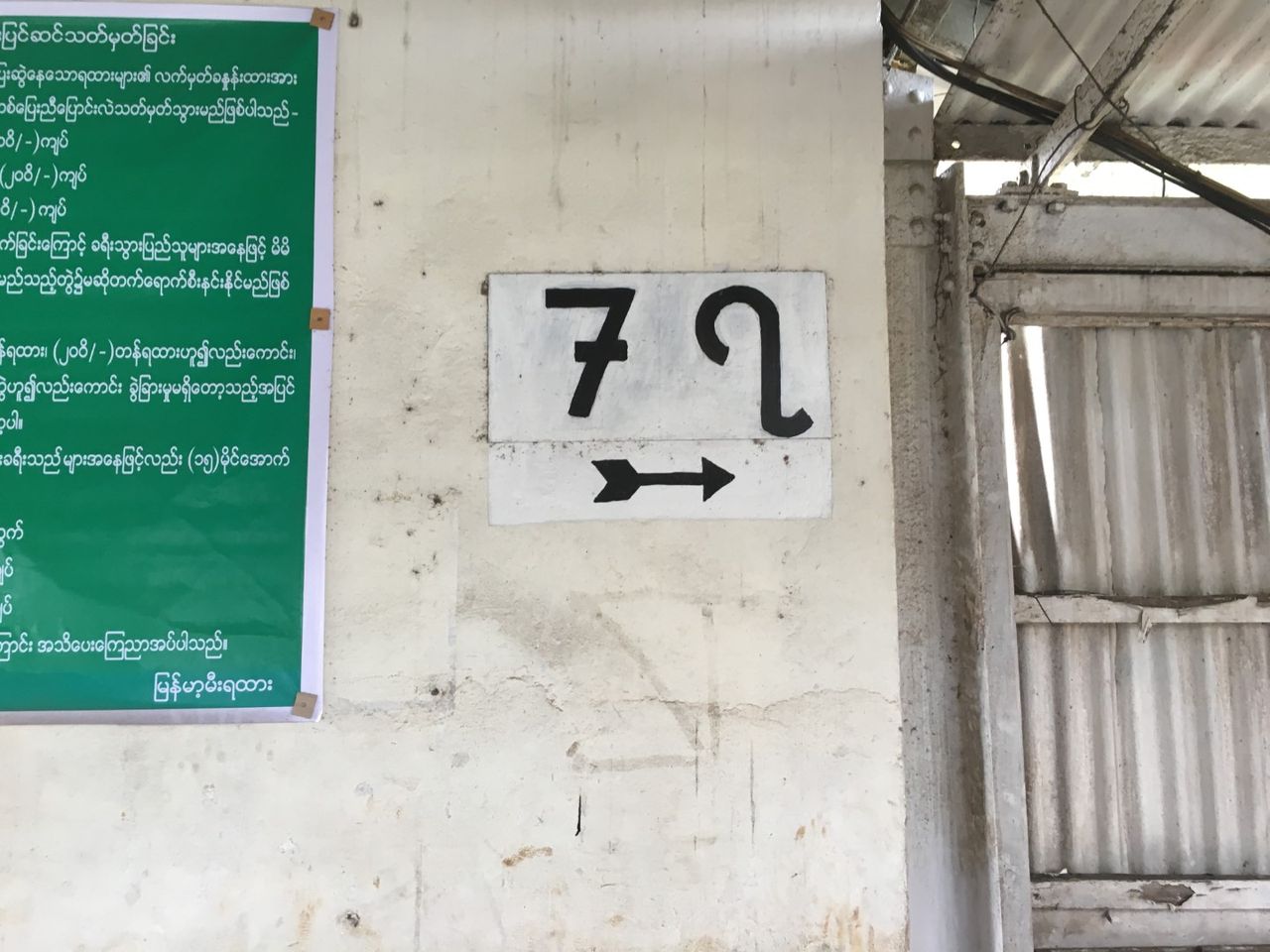
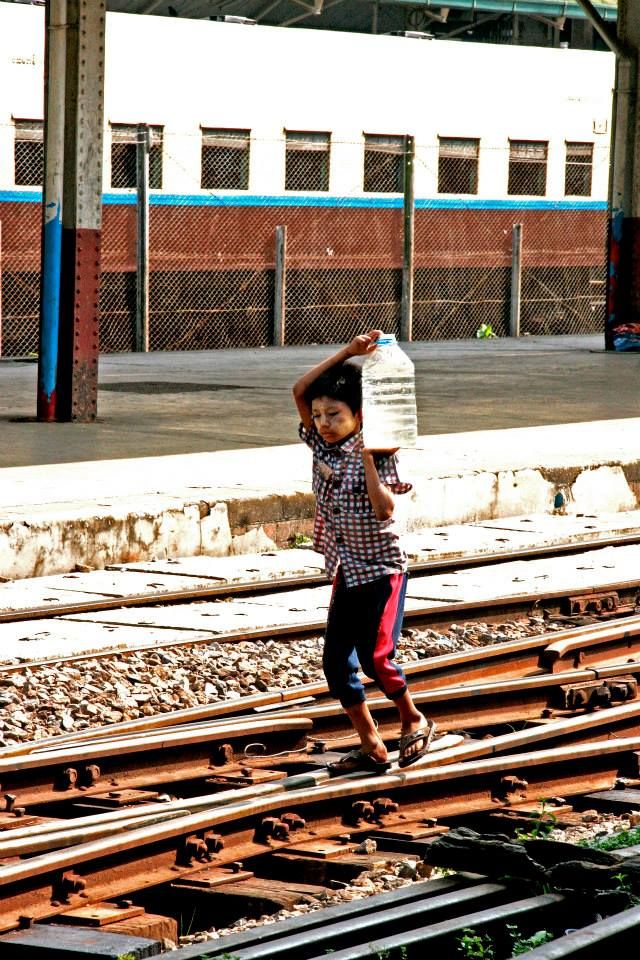
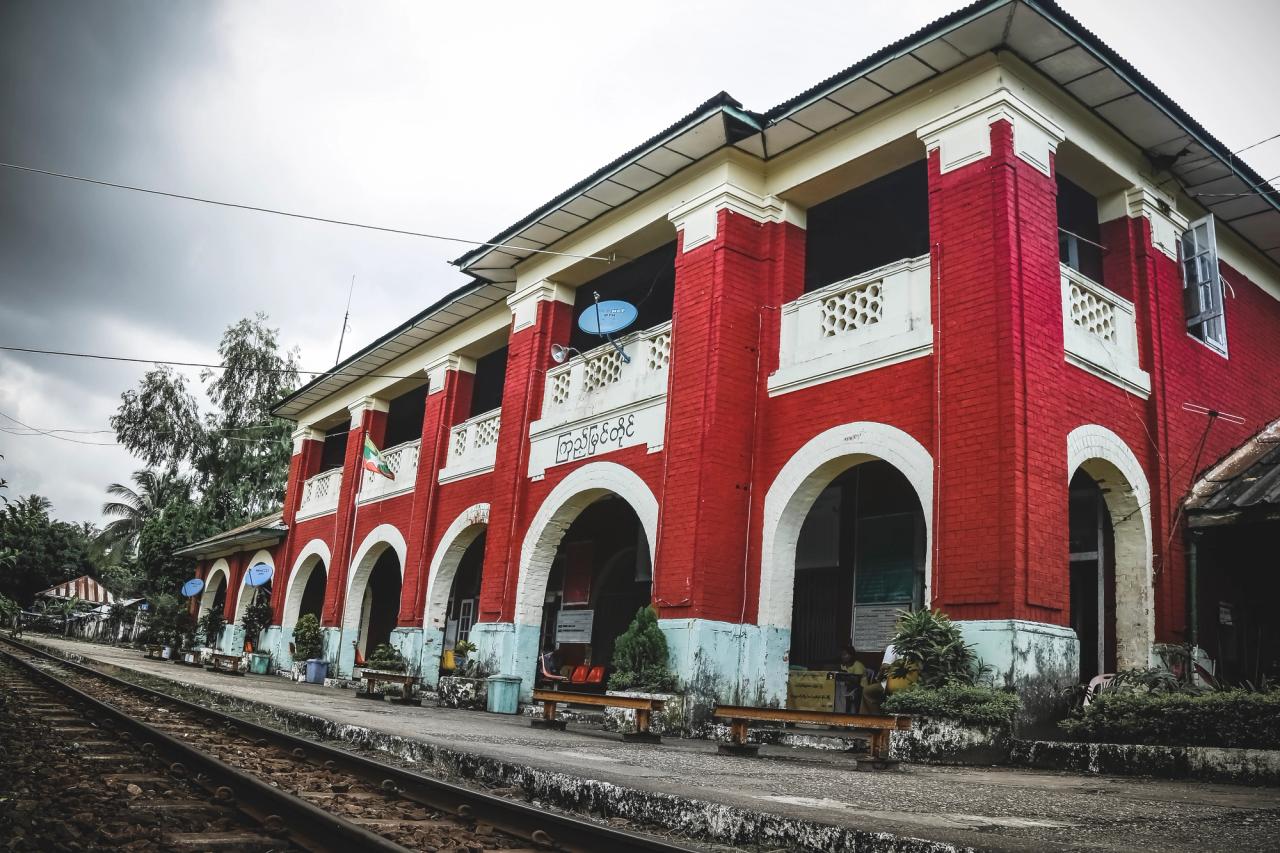
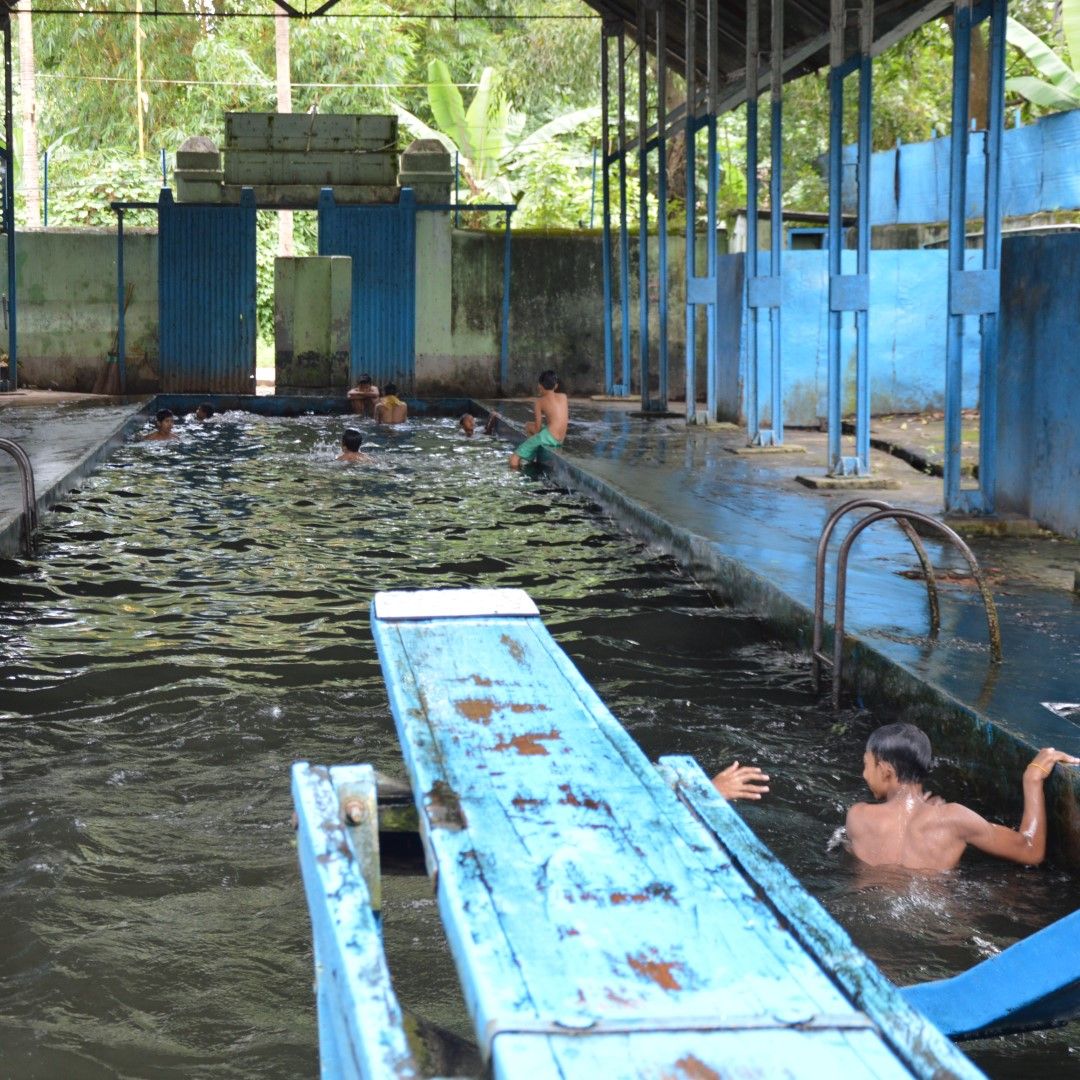
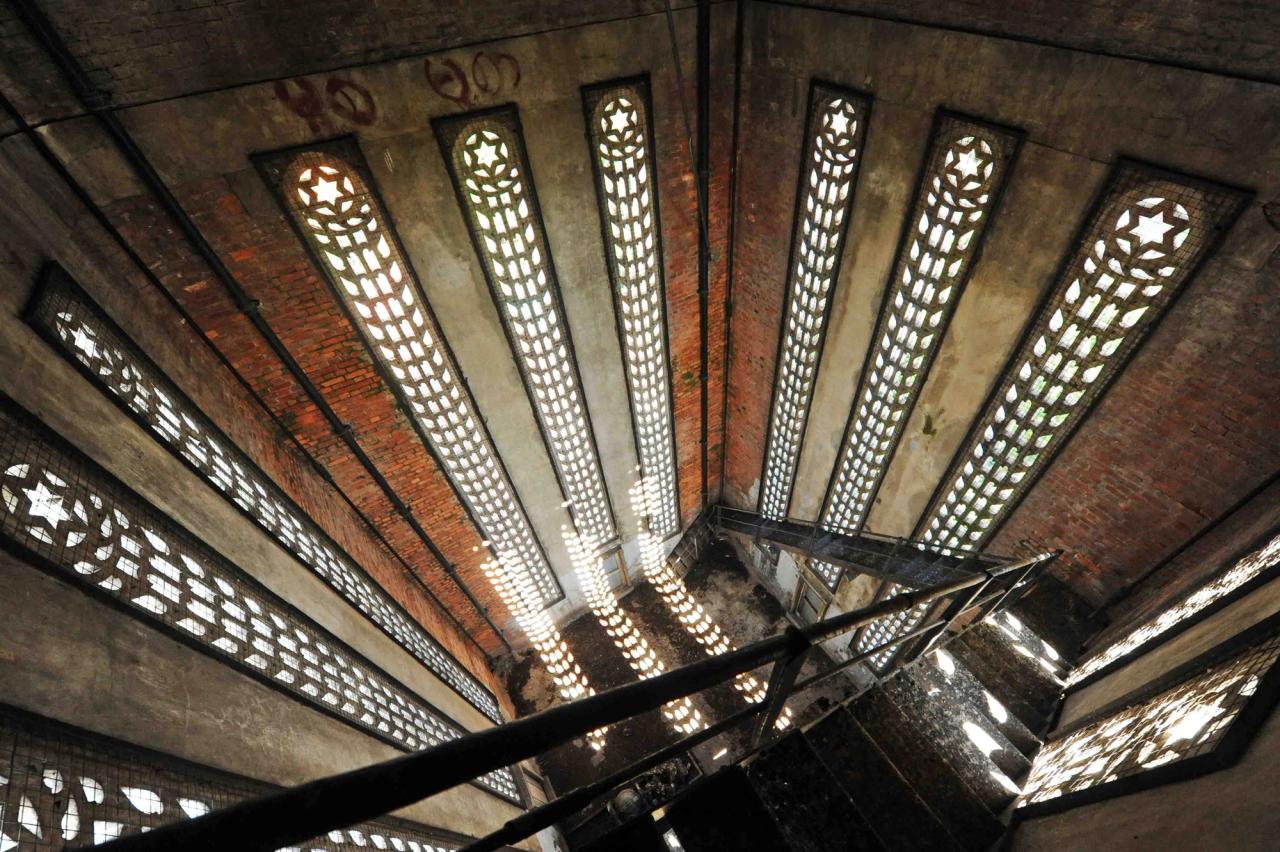
But most of all, we enjoyed the ride. The circular train is a humbling and immersive experience of Yangon local life. We saw the city through the eyes of its people: we learned what they loved. Where will the journey take you?
The train has something magical, it’s a romantic artistic feel that you don’t get at a bus station. The slow pace also means that you have more time to just observe, take pictures and create images in your head.
Making a map
The final step was to capture the unique energy of the Circular Railway in a series of illustrations. Designer Jackie Lynn took the Circle Line and based his creative concept on his favourite thing to do on the train – look out the window. The design flowed from there, it provided a nice opportunity to capture the diversity of the different neighbourhood identities, from the quiet quarter Ahlone to the vibrant student town of Hledan. That’s why Jackie did the train ride several times at different times of the day to find the best light. “I visited all six stops to have a walk around and sense the uniqueness of each neighbourhood.” He took inspiration from little things, like the train tickets, the timetables, the signs at the station and even the fans in the train carriages. All these things make the train journey what it is, an iconic journey through time”. The result is a map that’s a journey in itself, a journey along six stations, six neighbourhoods each with their own character.


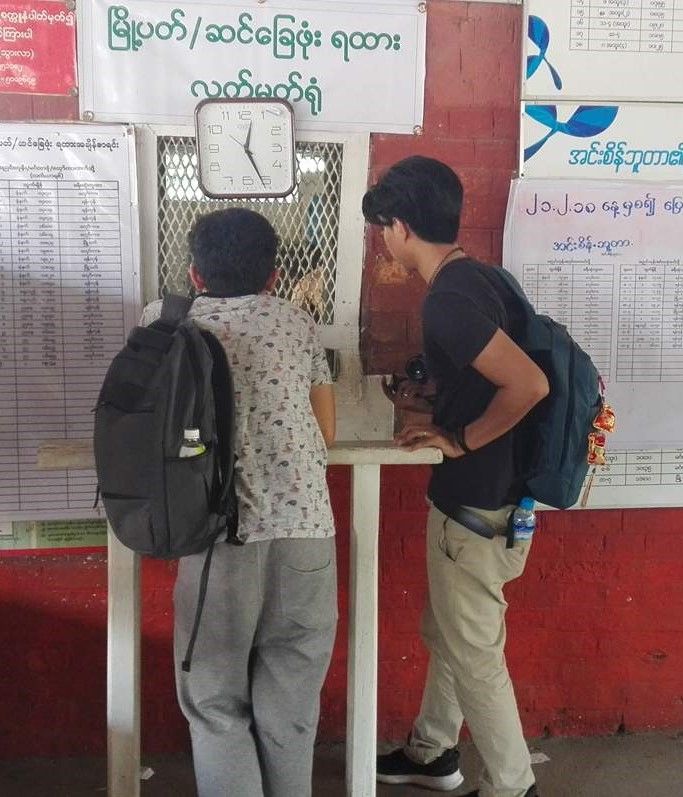
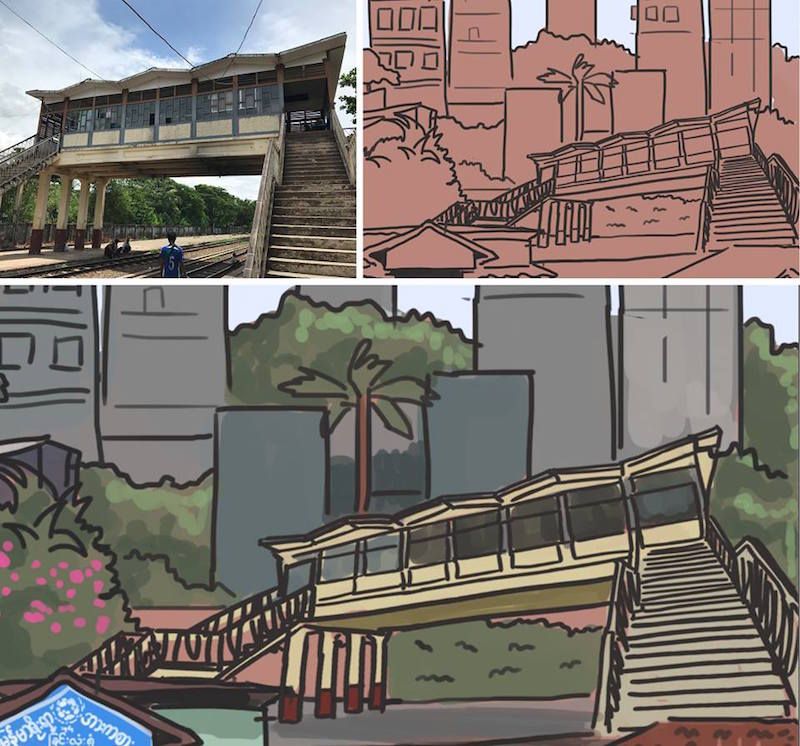
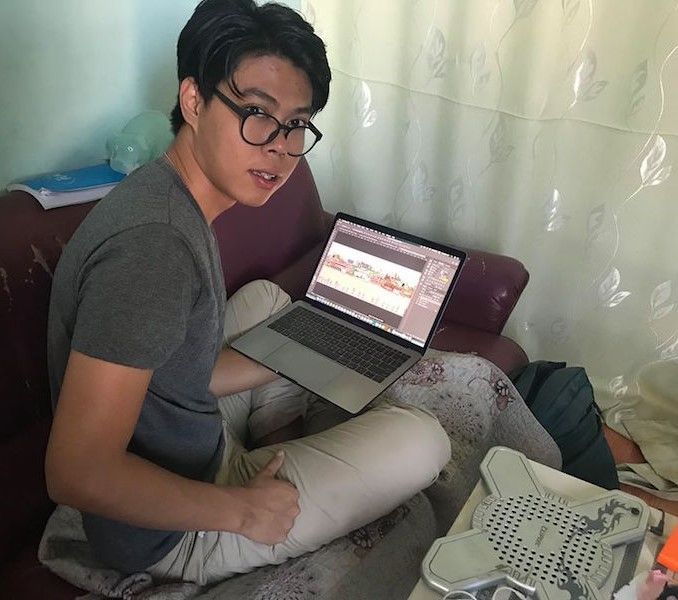
Yangon Circle Railway, the Details
- Buy tickets from Platform 7 of Yangon Central Station. The fare is 100 or 200 kyat depending on the distance.
- Trains ride in both directions. ‘R’ indicates eastbound at Yangon Central Station (anticlockwise) and ‘L’ is westbound (clockwise).
- The train starts running at 6.10 am with the last departure at 10pm, but the earliest full circle train leaves at 8.20am heading west (clockwise) and the last one departs 5.10pm.
- The whole circuit is 46 kilometres long with 39-stations and the snail pace journey takes about three hours
- The tracks are old, carriages are a bit dated and non-air-conditioned, so be prepared for a hot, bumpy ride and a great experience!
Explore neighbourhoods along the Yangon Circulair Railway
Download a free Circular Railway Map here, illustrated by local artist Jackie Lynn. Like your travel tips on the move at your fingertips? Access the digital handcrafted itinerary along the train line, highlighting over 50 sites hidden gems, popular local hotspots and surprising sites in six neighbourhoods crafted with care by passionate students of the Pre-Collegiate College Yangon. Travel responsibly and explore with a smile!!
In loving memory of Bob Percival.
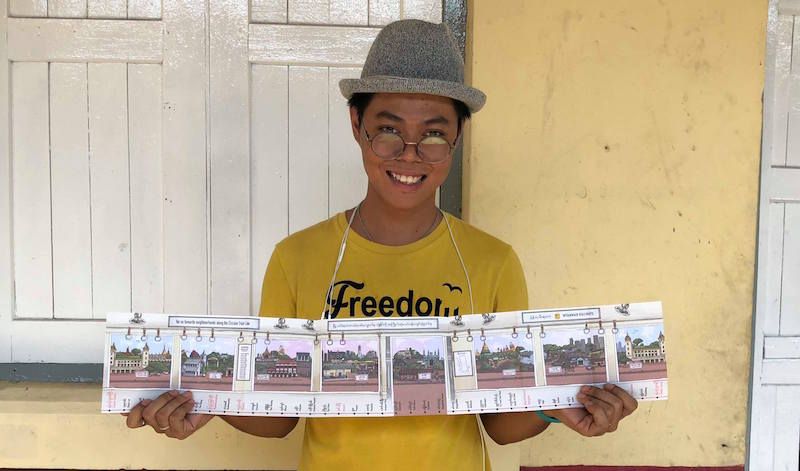

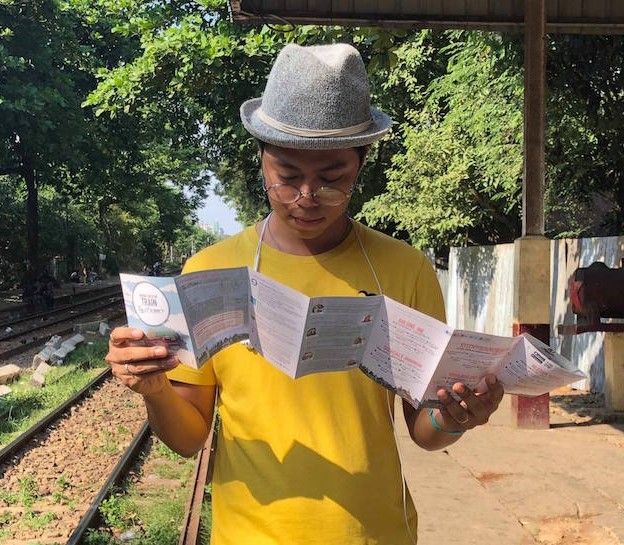
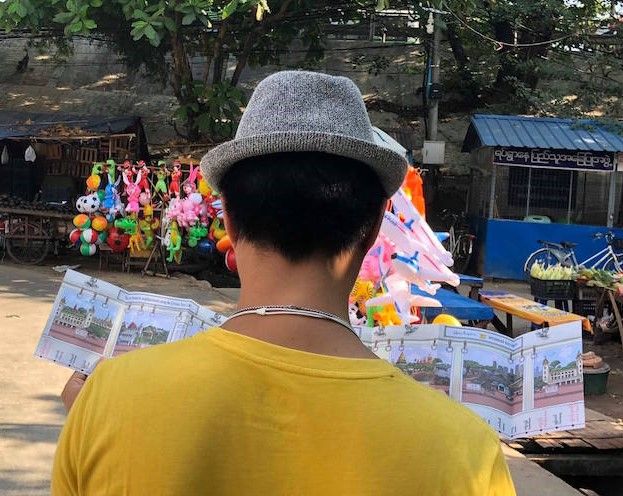


About Jackie
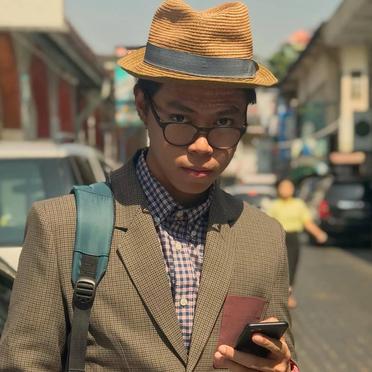
Jackie is a Yangon-based graphic illustrator. Originally from Magway, he moved to Yangon six years ago. His cartoony style landed him jobs with some of the coolest design firms in town and he continued to develop his design signature, one that is full of beautiful light and character.
Find him at @Jackietheillustrator
About PCP
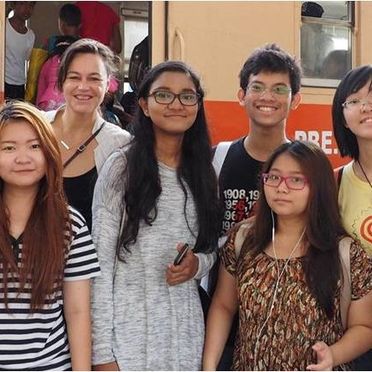
Pre-Collegiate College of Yangon (PCP) is an international liberal college where students are challenged inside and outside of the classroom to become change-makers of tomorrow. Through an intensive 16-months of academic and personal preparation, PCP has sent over 150 Myanmar nationals to receive bachelor's degrees abroad at high-caliber liberal arts institutions. A group of final-year students of the 2018 cohort took part in this discovery journey along the circular railwayline.
Find PCP at www.precollegiateyangon.org.
